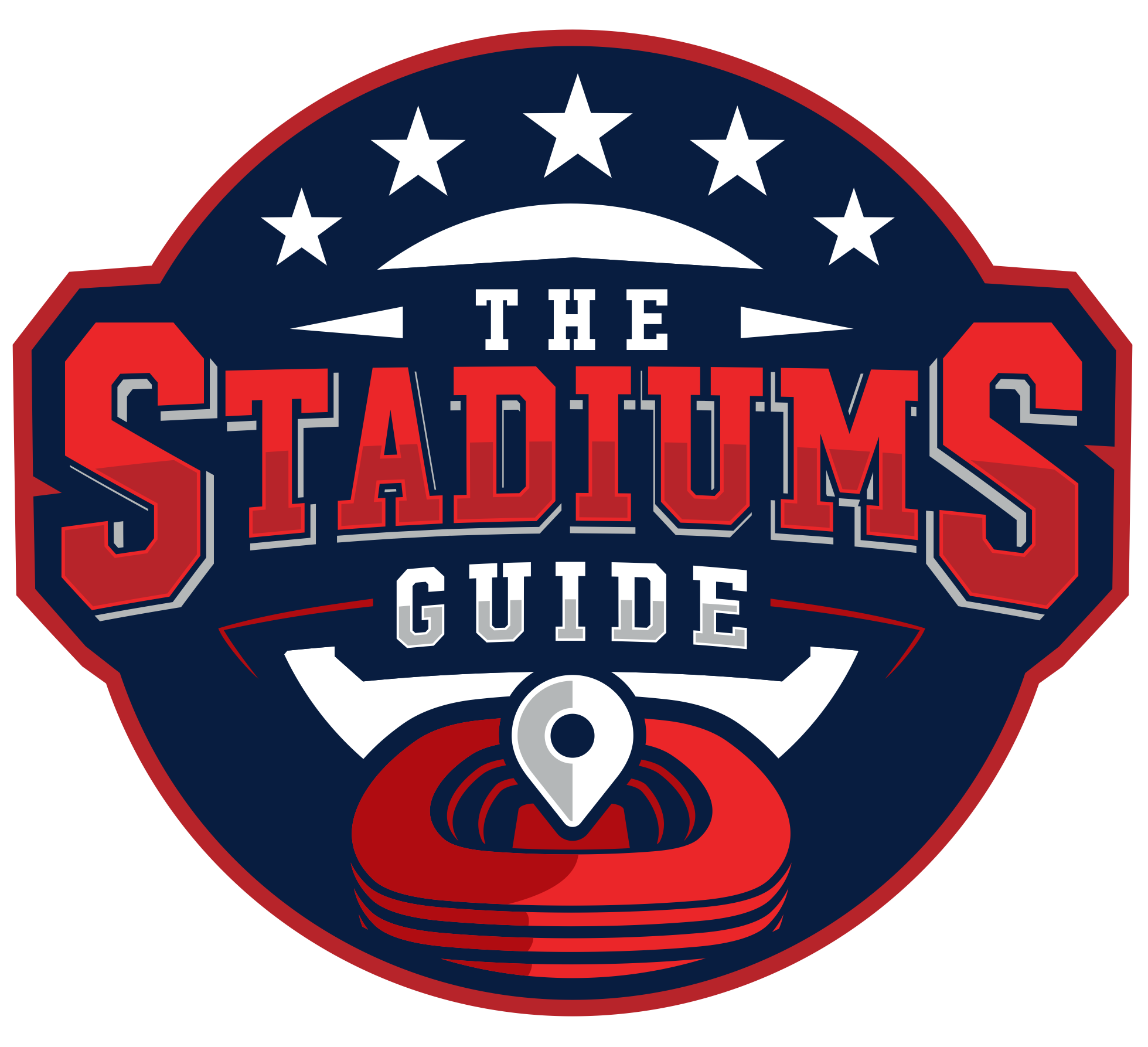Have you ever been in a baseball game, whether you’re a player or a bystander, and thought to yourself, ‘how many acres in a baseball field?’ What are the dimensions of the baseball playing field?
The dimension of the baseball field depends on certain factors, such as the land’s available size. Still, the typical 400-foot fence baseball field is 4.5 acres in size. That size is almost twice the size of a 275-foot fence softball field, which is 2.5 acres.
Additionally, it’s not only the diamond that’s taken into account. The parking lot, spectator seats, and everything else in the lot is included in developing baseball fields.
How Big is a Baseball Field?
Take note that many baseball fields, particularly those in the MLB, don’t only consider the diamond. Additional features, such as bathrooms, storage facilities, bleachers, dugouts, parking lots, and buffer zones also need to be built and taken into consideration. Therefore, a 90-foot baseball field is 4.5 acres in size. Here’s a short list of other standard baseball field sizes:
- 315-foot fence field: 3.0 acres
- 275-foot fence field: 2.0 acres
- 215-foot fence field: 1.5 acres
What are the Dimensions of a Baseball Field?
The dimensions of each baseball field vary because of different factors. Here’s what a 90-foot baseball stadium encompasses:
| Item | Size |
|---|---|
| Baseline | 90 feet |
| Home to second | 127 feet and 3-3/8 inches |
| Home to the front of rubber | 60 feet and 6 inches |
| Skinned infield radius | 95 feet |
| Home plate to backstop | 60 feet |
| Home plate circle | 26 feet |
| Base cut out radius | 13 feet |
| Dugout distance from the foul line | 15 feet |
| Home plate to left field | 320 to 350 feet |
| Home plate to center field | 400 feet (can be more) |
| Pitching mound diameter | 18 feet |
| Pitching mount height | 10 feet |
Tips to Measure a Baseball Field
Accurate measurements are vital if you’re planning to build a baseball field or perhaps you need the dimensions for research. Here are some tips to help you in these endeavors.
- Measure the base paths from the white tip to the back of the home plate. Then, measure the back corner of the 1st base to the 2nd base’s center. Measure the 2nd base’s center to the back corner of the 3rd base before going back to the home plate.
- Measure the outfield fence from the back of the home plate. Take note it’s not a requirement to measure the fence from any point.
- Kindly note that an on-deck batting circle’s standard diameter is 5 feet. Therefore, measure the base cutouts from the base’s back corner that’s farthest from the home plate but closest to the foul line.
- Decide the height of the pitcher’s mound by coordinating it with other areas of the field. For example, a 90-foot stadium will have a pitching mound height of 10 feet. On the other hand, a reasonably small 50-foot stadium will only have a 4-foot pitching mound.
How Much Does it Cost to Build a Baseball Field?
Before finding the costs of building baseball fields, understand that several factors go into the overhead of the stadiums’ development. These elements include the overall size, condition, and design of the final output. Additionally, extra features and amenities added to the plan can increase costs significantly.
Baseball stadium makers can reduce costs if a field already exists on the land. Otherwise, some locations may require adding faux grass for the playing field.
After calculating everything, you’ll notice that the costs of building a baseball field can range from about US$15,000 to over US$1 million. Take note of the materials and labor practices used, especially if you want to reduce overall costs.
What are the Largest Baseball Fields?

Baseball fields follow a standard size to help accommodate their diamonds, dugouts, guest seats, and parking lots. Still, some baseball fields are massive that they look like giants over other locations. Some of these large locations are:
- Dodger Stadium in Los Angeles, California (56,000 seating capacity)
- Coors Field in Denver, Colorado (50,144 seating capacity)
- Rogers Centre in Toronto, Ontario (49,282 seating capacity)
- Chase Field in Phoenix, Arizona (48,686 seating capacity)
- T-Mobile Park in Seattle, Washington (47,929 seating capacity)
Other baseball stadiums worthy of mentioning because of their sheer sizes are the Oakland Coliseum in Oakland, California, Angel Stadium in Anaheim, California, and the Busch Stadium in St. Louis, Missouri.
Final Words
Baseball fields can be massive structures or reasonably small playgrounds. 90-foot stadiums require large spaces, especially to accommodate a significant amount of spectators. Like their sizes, the baseball field development costs vary because of size and other factors. Still, some fields, such as the Dodger Stadium and Rogers Centre, tower over other locations with their large seating capacities.
James is a big time NBA Golden State follower, who makes sure to catch games when he's in the area. He likes to follow International Soccer, with an interest in small town soccer club, Blackburn Rovers located in the North on the UK.

